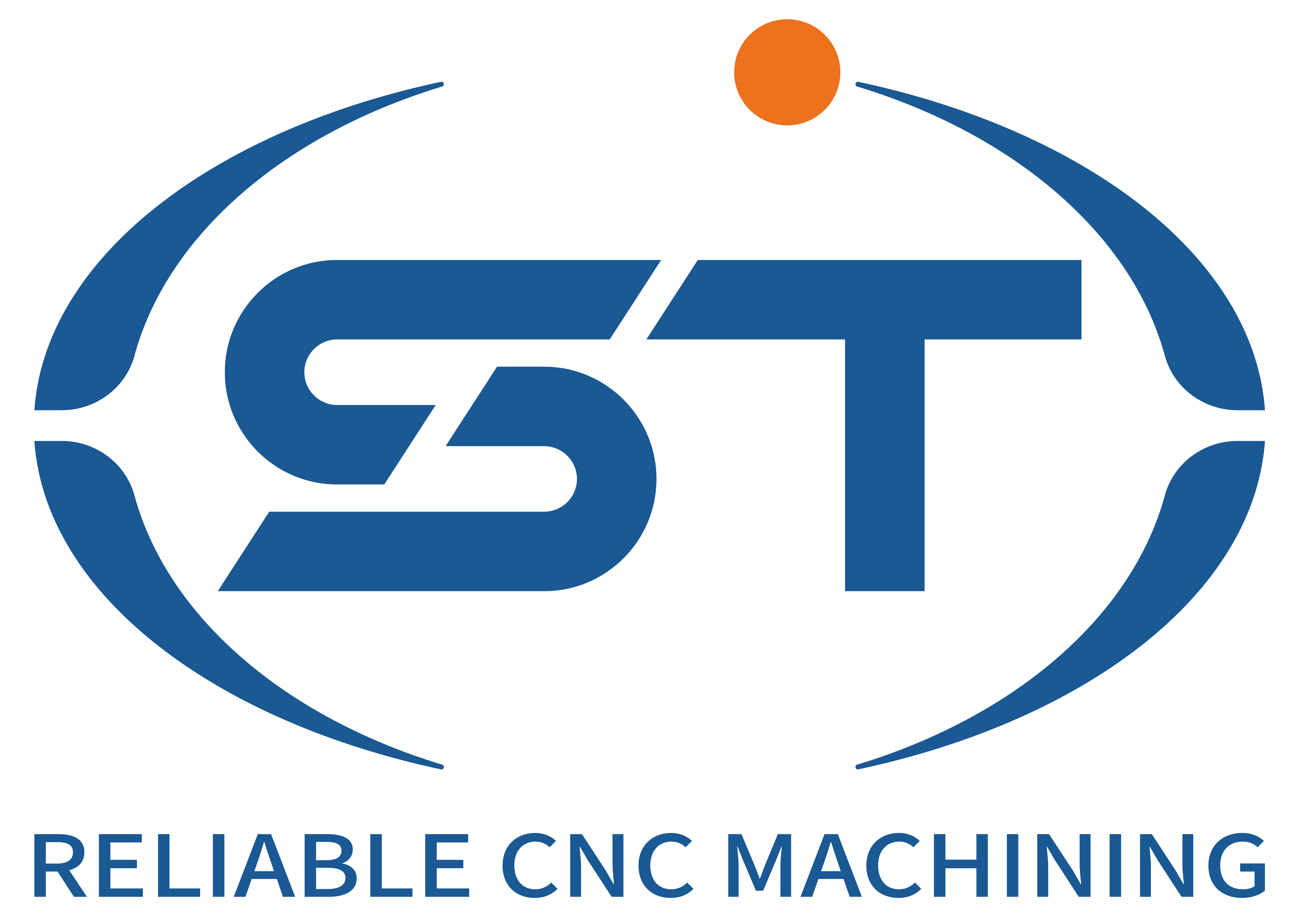Strategies to Enhance Production Efficiency in CNC-bewerking for Automotive Components
The automotive industry’s competitive landscape demands continuous improvements in CNC machining efficiency to meet tight deadlines, reduce costs, and maintain high-quality standards. By optimizing processes, leveraging technology, and fostering a culture of continuous improvement, manufacturers can achieve significant gains in productivity. Below are actionable methods to boost CNC machining efficiency in automotive manufacturing.
Inhoudsopgave
SchakelaarStreamlining CNC Programming and Toolpath Optimization
Efficient CNC programming is the foundation of high productivity. By using advanced computer-aided manufacturing (CAM) software, engineers can generate optimized toolpaths that minimize cycle times while preserving part accuracy. Techniques such as high-speed machining (HSM), adaptive clearing, and trochoidal milling reduce cutting forces and tool wear, enabling faster material removal rates. For example, HSM strategies maintain a constant chip load by adjusting feed rates dynamically, preventing tool overloading and extending tool life.
Simulation tools are invaluable for identifying inefficiencies before production. By simulating toolpaths in a virtual environment, engineers can detect collisions, optimize workpiece setups, and refine cutting parameters. This reduces trial-and-error adjustments on the shop floor, saving time and material. For instance, a simulation might reveal that a minor adjustment to the tool entry angle could reduce cycle time by 15% without compromising quality.
Standardizing programming practices across teams also enhances efficiency. By creating libraries of proven toolpaths, cutting strategies, and post-processors, manufacturers ensure consistency and reduce programming errors. This is particularly beneficial for high-mix, low-volume production, where rapid reprogramming is essential.
Automating Material Handling and Workflow Integration
Manual material handling is a major bottleneck in CNC machining. Automated systems—such as robotic arms, conveyors, and automated storage/retrieval systems (AS/RS)—streamline the movement of raw materials, workpieces, and finished parts between machines. For example, a robotic arm can load blanks into a CNC lathe, retrieve the finished part, and transfer it to an inspection station without human intervention, reducing downtime and labor costs.
Centralized control systems further enhance efficiency by orchestrating material flow and machine operations. By integrating CNC machines, automation equipment, and inspection systems into a unified network, manufacturers can monitor production in real time and dynamically adjust workflows. If a machine experiences a delay, the system can reroute jobs to alternative machines, ensuring continuous operation.
Implementing just-in-time (JIT) inventory practices also improves efficiency. By synchronizing material delivery with production schedules, manufacturers minimize storage costs and waste from overproduction. Automated systems retrieve components only when needed, reducing clutter on the shop floor and improving safety.
Implementing Predictive Maintenance and Machine Monitoring
Unplanned downtime due to machine failures can cripple productivity. Predictive maintenance uses IoT sensors and machine learning algorithms to monitor equipment health in real time. Sensors track variables such as spindle vibration, bearing temperature, and hydraulic pressure, detecting anomalies that indicate impending failures. For example, a sudden increase in spindle vibration might signal bearing wear, prompting maintenance before a catastrophic breakdown.
Machine monitoring software provides actionable insights into performance trends. By analyzing historical data, manufacturers can identify patterns—such as a correlation between high cutting forces and tool breakage—and implement corrective actions. For instance, if data shows that a particular tool consistently fails after 10 hours of use, the system can schedule replacements at 9 hours to prevent downtime.
Empowering operators with real-time data also enhances efficiency. By displaying machine status, tool life, and production metrics on dashboards, operators can make informed decisions—such as adjusting parameters to extend tool life or pausing a machine to address a minor issue before it escalates.
Leveraging Advanced Tooling and Workholding Solutions
The right tooling and workholding systems can significantly impact CNC machining efficiency. High-performance cutting tools—such as coated carbide inserts or polycrystalline diamond (PCD) tools—enable faster cutting speeds and longer tool life, reducing cycle times and tool changes. For example, a PCD tool might machine aluminum components 10 times faster than a conventional tool while maintaining precision.
Innovative workholding solutions—such as hydraulic clamps, zero-point systems, or modular fixtures—reduce setup times and improve repeatability. By enabling quick-change setups, manufacturers can transition between part variants faster, accommodating high-mix production without sacrificing efficiency. For instance, a zero-point clamping system might allow an operator to swap a fixture in under a minute, compared to 30 minutes with traditional methods.
Proper tool management practices also boost efficiency. By organizing tools in a centralized system, tracking usage, and implementing preventive maintenance, manufacturers minimize tool-related downtime. For example, a tool crib equipped with RFID tracking ensures operators always use the right tool for the job, reducing errors and rework.
By adopting these strategies—optimizing programming, automating workflows, implementing predictive maintenance, and leveraging advanced tooling—automotive manufacturers can elevate CNC machining efficiency to new heights. These improvements not only reduce costs and lead times but also enhance quality and competitiveness in a fast-paced industry.




